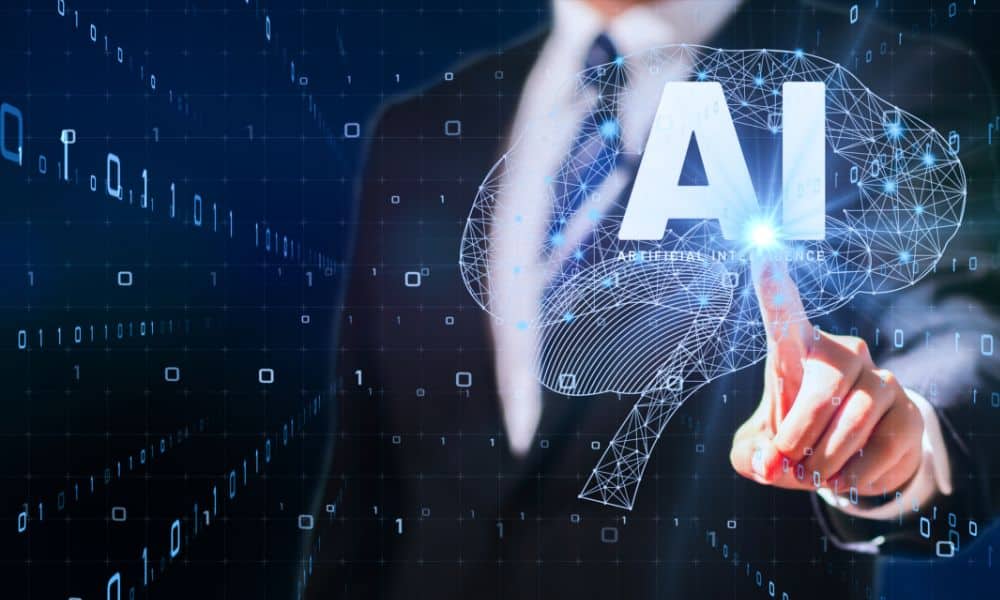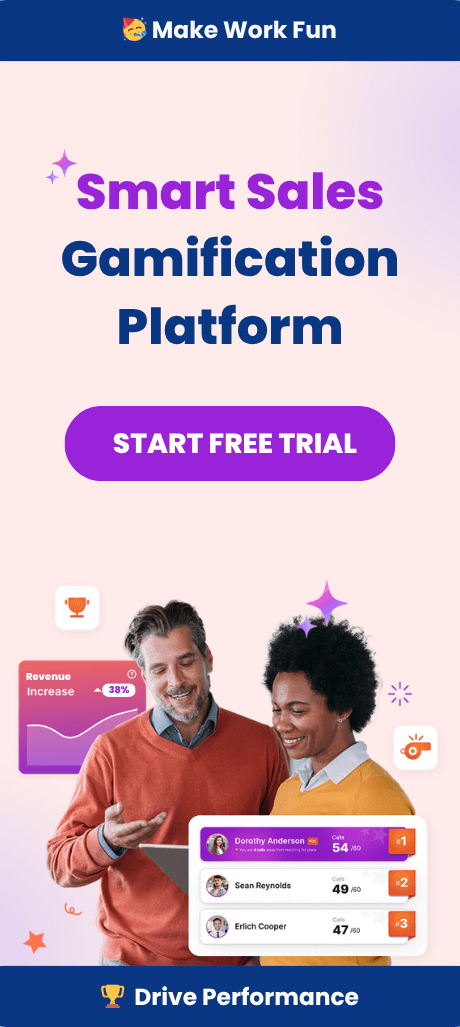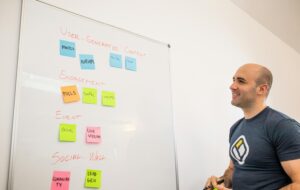In boardrooms across the globe, executive leaders are reexamining what drives engagement, motivation, and performance in their organizations. As traditional approaches encounter diminishing returns, a new paradigm emerges—AI gamification. This intersection of behavioral science and artificial intelligence holds both promise and complexity, offering organizations the tools to engineer motivation at unprecedented scale and granularity. But effective integration requires more than technological adoption; it demands a rethinking of culture, measurement, and leadership mindset.
Understanding the Shift Toward AI-Driven Engagement

The landscape of employee engagement has evolved considerably in the past decade. Early digital gamification sought to incentivize employees with badges, points, and public recognition. However, executives soon found that while these superficial signals created initial excitement, they failed to produce sustained behavioral change across diverse teams. Traditional gamification platforms tended to lack personal relevance, relying on a one-size-fits-all model that disregarded intrinsic motivators, varied learning styles, and rapidly shifting business priorities.
With the acceleration of AI, gamification is experiencing a transformation. AI-powered gamification platforms now capture deeper insights, analyze nuanced workforce behaviors, and deliver tailored challenges and rewards. The opportunity is no longer limited to the surface trappings of games at work; executives are leveraging machine learning to foster real engagement tied directly to business objectives—and ultimately, to organizational growth. The question for executive leadership is not whether AI gamification can drive better outcomes, but how it should be implemented to align with culture, values, and business strategy.
The Why: Why AI Gamification Now Matters More Than Ever
Historically, employee engagement has been critical to achieving organizational goals. Gallup’s global survey painstakingly demonstrates that highly engaged employees deliver 21% higher profitability and experience far lower turnover. Yet, as work environments grow remote and hybrid, and as generational expectations shift, what once produced engagement—team outings, annual perks, or group lunches—has become less effective and, in some cases, impossible to implement. Companies have sought digital replacements, only to encounter the fatigue of generic, non-personalized programs. This is where AI’s capacity to learn from vast pools of employee interactions and preferences becomes not just useful, but necessary. For revenue-focused leaders, fostering engagement is directly correlated with hitting targets, sustaining productivity, and building cultures people are eager to join.
From Game Mechanics to Smart Motivation
It is important to pause and reflect on what makes gamification successful beyond mere play. The underlying science ties back to intrinsic and extrinsic motivation theories—how rewards, feedback, and progress tracking shape behaviors over time. In the analog world, this required immense intuition; gifted managers could sense when their teams were energized or disengaged, and adapt accordingly. In larger or digital-first organizations, AI bridges that intuition gap.
An HBR analysis notes that the most effective gamification programs today rely on real-time data and responsive systems. AI observes learning curves, identifies patterns in user interaction, and adjusts incentives in a way that matches individual drive. The result is less like a one-off competition and more like a personalized growth journey, where employees see their progress in meaningful, context-driven ways. Rather than issuing the same badge to all, these platforms offer unique milestones that matter to each individual.
The Strategic Value of Data-Driven Gamification
For Sales VPs, Enablement Leads, or RevOps Directors, the real breakthrough of AI-powered gamification is not in flashy apps or cosmetic leaderboards. It is in visibility. Modern gamification platforms synthesize data from CRM, sales tools, learning management systems, and communication channels to produce a dynamic picture of engagement and performance. AI then surfaces coaching opportunities, skills gaps, and untapped strengths, providing actionable insights for both managers and individuals. The game, in this sense, becomes a framework for continuous optimization instead of a static contest.
Consider the headache of tracking KPIs across dispersed teams—AI-driven gamification can transform these metrics from dry, lagging snapshots into interactive feedback loops. Instead of being tools for post-mortem analysis, KPIs become a living part of the work experience, nudging behaviors in real-time and reinforcing priorities clearly. For instance, integrating a system like Spinify can allow you to start a trial and explore how AI-driven leaderboards map progress to business goals, keeping teams aligned, motivated, and accountable.
Moving Beyond Points and Badges: Fostering Meaningful Engagement
It is tempting, especially when first implementing gamification, to focus on rewards. Yet, as executive leaders know well, not all incentives carry equal weight. Monetary bonuses are universally valued but not always sustainable or culture-building. Research from Forbes shows that recognition—and the opportunity to contribute meaningfully to group success—often trumps cash incentives in driving long-term loyalty. AI now helps organizations understand which rewards matter most to specific roles and individual employees.
This personalized approach pays off not just in productivity but also in retention and culture strength. Organizations using AI gamification can program variable rewards: some team members respond best to seeing their name at the top of a leaderboard, others are motivated by challenges that foster skill growth, and still others prize collaborative wins over individual competition. AI curates these experiences in real time, no longer forcing teams through generic incentives that grow stale.
Gamification Platforms: Navigating Choice and Implementation
Chief executives and RevOps leaders face an expanding market for gamification tools. The decision is no longer if you should gamify, but which platform best aligns with your organization’s strategy. Leaders must weigh several factors: data integration capabilities, user experience design, scalability, and—perhaps most critically—the maturity of AI features in surfacing true engagement patterns. It is advisable to consider options that offer deep customization and the ability to tailor mechanics as business goals evolve.
Beyond the product demo or technical capabilities, executives must ask whether the platform’s gamification model reflects your company mission and values. Off-the-shelf solutions can offer fast wins, but organizations committed to long-term transformation often benefit from platforms that integrate with core business systems and allow for ongoing AI-driven personalization. Engaging in a demo with a leading provider like Spinify can provide insight into how targeted leaderboards, contests, or feedback mechanisms can elevate revenue-driving behaviors at every level of the team.
Integrating AI Gamification With Business Strategy

Introducing AI gamification must never be an afterthought or a side project. The greatest value is realized when engagement strategies are designed in concert with overall business objectives. Sales, customer satisfaction, and productivity improvements should be intertwined with engagement metrics and tracked through unified dashboards. This integration ensures that gamification not only improves morale in the short term but also entrenches behaviors that drive sustained results.
Executives should partner with IT and HR to ensure that platforms facilitate ethical AI use, protect employee data privacy, and provide transparency to users. It is also critical that leadership teams communicate the goals and value of the new system early and often. The most successful implementations are framed as opportunities for personal and professional growth, not as surveillance or coercion. That cultural positioning will determine whether employees view gamification as empowering or intrusive.
The Leadership Mandate: AI-Ready Cultures
Technological change alone does not move organizations; leadership does. The most innovative AI gamification tools will falter in cultures resistant to experimentation, feedback, or individual autonomy. Executives must cultivate an environment in which experimentation is encouraged and learning from both failure and success is valued as a path to collective achievement. The role of the leader evolves—from enforcer of process to mentor, architect, and coach. AI gamification gives leaders new levers, but it is their vision and signal-setting that will dictate adoption and results.
Leaders also need to ensure that recognition derived from gamification tools is authentic, contextual, and meaningful. Over-automation and insincere recognition can backfire, breeding cynicism. Instead, embed AI into rituals that already have credibility—monthly business reviews, quarterly town halls, or team coaching sessions—so that digital feedback complements, rather than replaces, human connection.
Challenges and Pitfalls of AI Gamification Adoption
No transformative technology comes without risks. Over-gamification can trivialize serious work or create unhealthy levels of competition. AI, if not designed inclusively, may perpetuate biases or make decisions that run counter to individual strengths. There is also the practical challenge of change management; frontline managers and employees need guidance and support to adopt new systems, and must see visible leadership commitment.
Organizations should set clear ethical guidelines for data collection and use, and regularly audit AI recommendation engines for unintended consequences. Transparent communication about how data empowers, rather than surveils, employees is a non-negotiable standard for maintaining trust. When built and governed thoughtfully, AI gamification strengthens culture rather than corroding it.
Key Metrics to Track With AI Gamification

Measuring the success of AI gamification programs goes well beyond tracking logins or time spent in-app. High-performing organizations track a constellation of metrics: improvement in KPI attainment, voluntary employee engagement, idea submission rates, peer-to-peer recognition, and even sales cycle compression. AI enables real-time tracking and surfaces correlations between engagement activities and business results with unprecedented granularity.
This data, when fed back into coaching, recruiting, and product development cycles, creates a flywheel effect: as leaders gain more insight, they iterate and improve their approaches, driving continuous growth. Organizations using adaptive leaderboards and feedback tools can quickly see if sales teams are aligning with new strategic priorities, and can make micro-adjustments as business needs evolve.
Case Studies: Real-World Impact of AI Gamification
Several organizations stand out for their innovative use of AI gamification. Consider a SaaS company facing high churn and “quiet quitting” on its revenue teams. By deploying a gamification platform that pairs AI-powered challenges with tailored feedback, they saw measurable improvements in NPS, pipeline velocity, and quota attainment. Individual contributors reported increased motivation, while managers had actionable insights for coaching interventions.
Another example comes from the BPO sector, where large contact centers adopted AI-driven contest engines. By tracking learning curves and engagement signals at individual and cohort levels, leaders adjusted rewards and recognition programs to better reflect cultural differences. Productivity increased while burnout dropped, suggesting that personalization and context are as important as the mechanics of the game.
The Future: Where AI Gamification Is Headed
As AI models continue to mature, gamification will move further toward hyper-personalization and predictive coaching. In the next wave, expect AI to anticipate disengagement before it becomes visible, delivering proactive nudges, resources, or team-based challenges designed to reengage employees in the flow of work. Seamless integration with collaboration platforms, learning management systems, and sales enablement tools will mean organizations can design, launch, and adapt contests or recognition programs at the speed of business need.
Regulatory frameworks will also evolve around AI and automated engagement. Savvy executives will stay ahead by embedding governance and ethics into every phase of the rollout, ensuring that the company’s brand and culture are protected as much as its revenue and productivity metrics.
Making the Commitment: Next Steps for Executives
What does it take for executives to lead this transformation in employee engagement? First, align the engagement and gamification strategy with core business priorities. Next, seek cross-functional sponsorship, ensuring IT, HR, sales, and executive leadership are all invested in shared outcomes. Start with a clear, data-driven baseline, and measure progress often, tying every engagement metric to broader business outcomes.
Finally, remember that technology will always be a tool—never a substitute for vision or accountability. By cultivating AI fluency, ethical stewardship, and a bias for continuous improvement, leaders can successfully usher in a new era of employee engagement—one where meaningful work and measurable performance go hand in hand.



